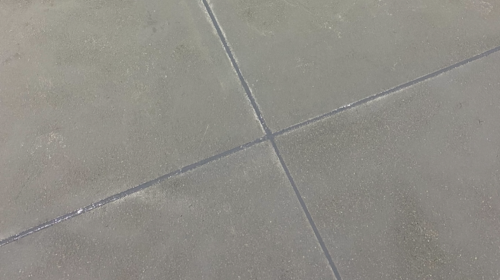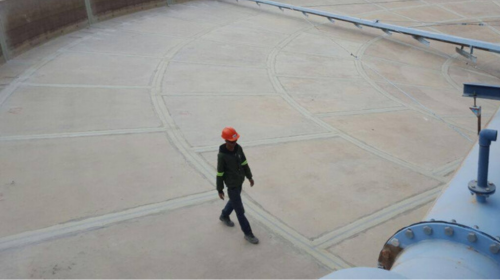UNDERSTANDING JOINTS IN CONCRETE
Joints in concrete slabs play a critical role in preventing cracking, as well as maintaining structural integrity and ensuring the longevity of a slab.
In this blog, we will answer commonly asked questions about joints.

What are joints in concrete slabs?
Joints in concrete slabs are planned, intentional breaks created to control cracking otherwise caused by thermal expansion and other factors.
Installers form joints by placing a physical gap like a joint filler or sealant at specific intervals in the slab to minimize the potential for uncontrolled cracking.

What are the different types of joints used in concrete slabs?
The types of joints used in concrete slabs include:
Contraction/Control Joints: These are typically cut into the slab during the first 24 hours following placement and create a weakened plane along which the concrete can crack in a controlled manner.
Isolation Joints: To isolate the slab from other structures like walls or columns, isolation joints are employed to prevent cracks caused by differential movement.
Expansion Joints: These joints are designed to allow for movement without causing stress to the slab and allow for the natural expansion and contraction of concrete due to temperature changes.
Construction Joints: Construction joints are typically utilized to connect different sections of a slab that may be poured at different times, such as when pouring a large slab in sections.
Concrete slabs are essential elements of any construction project. Understanding joints and their importance will help with the installation of a durable and long-lasting floor. In this StonTalks video, our in-house technical expert addresses many commonly asked questions and offers advice on this topic.
Can joints in concrete slabs be eliminated?
Certain construction methods like jointless slabs can eliminate joints. These slabs forgo traditional joints and instead use reinforcement and special mix designs to help minimize cracking and allow for controlled movement. These slabs are typically more complex and expensive compared to those with traditional joints.
Stonhard is committed to formulating the right floor, wall, and linings products for your environment along with expert installation to ensure your floor goes the distance. Contact us to learn how Stonhard can help you find the right solution for your facility.